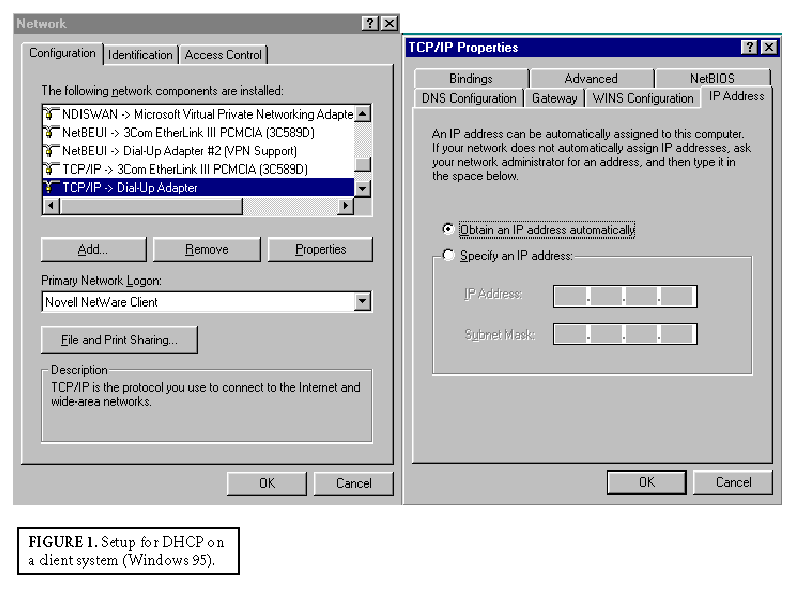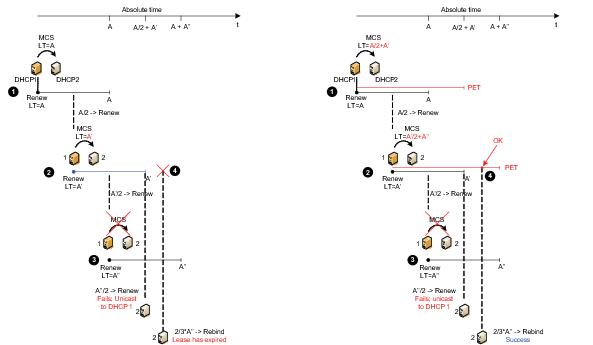
DHCP minimizes configuration errors caused by manual IP address configuration, such as typographical errors, or address conflicts caused by the assignment of an IP address to more than one computer at the same time. Some examples of DHCP options are Router (default gateway), DNS Servers, and DNS Domain Name. Requested DHCP options, which are additional parameters that a DHCP server is configured to assign to clients. The lease duration, or the length of time for which the IP address can be used before a lease renewal is required.Ī DHCP-enabled client, upon accepting a lease offer, receives:Ī valid IP address for the subnet to which it is connecting.

This allows consistent assignment of a single IP address to a single DHCP client. Reserved IP addresses associated with particular DHCP clients. Valid IP addresses, maintained in a pool for assignment to clients, as well as excluded addresses.

Valid TCP/IP configuration parameters for all clients on the network. The DHCP server stores the configuration information in a database that includes: The network administrator establishes DHCP servers that maintain TCP/IP configuration information and provide address configuration to DHCP-enabled clients in the form of a lease offer. Because the IP addresses are dynamic (leased) rather than static (permanently assigned), addresses no longer in use are automatically returned to the pool for reallocation. The DHCP server maintains a pool of IP addresses and leases an address to any DHCP-enabled client when it starts up on the network. With DHCP, this entire process is automated and managed centrally. Without DHCP, IP addresses for new computers or computers that are moved from one subnet to another must be configured manually IP addresses for computers that are removed from the network must be manually reclaimed. Why use DHCP?Įvery device on a TCP/IP-based network must have a unique unicast IP address to access the network and its resources. All Windows-based client operating systems include the DHCP client as part of TCP/IP, and DHCP client is enabled by default. Windows Server 2016 includes DHCP Server, which is an optional networking server role that you can deploy on your network to lease IP addresses and other information to DHCP clients. DHCP allows hosts to obtain required TCP/IP configuration information from a DHCP server. RFCs 21 define DHCP as an Internet Engineering Task Force (IETF) standard based on Bootstrap Protocol (BOOTP), a protocol with which DHCP shares many implementation details. In addition to this topic, the following DHCP documentation is available.ĭynamic Host Configuration Protocol (DHCP) is a client/server protocol that automatically provides an Internet Protocol (IP) host with its IP address and other related configuration information such as the subnet mask and default gateway.


 0 kommentar(er)
0 kommentar(er)
